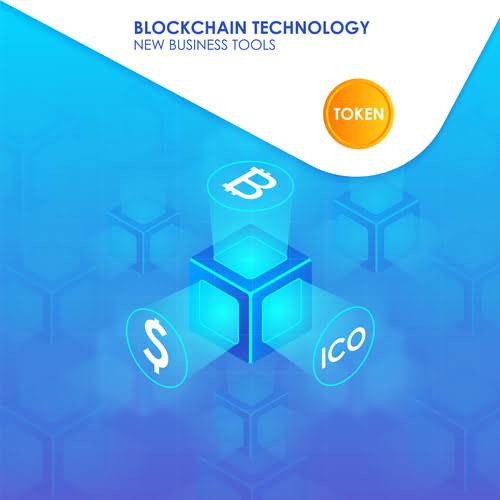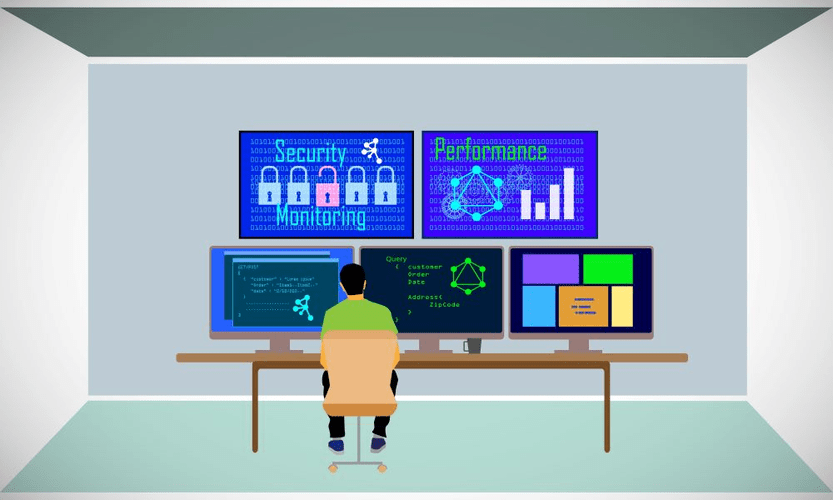Team improvement is an ongoing process requiring continuous effort and commitment from group leaders and team members. Feedback is critical to bettering your team’s performance while navigating by way of the 5 stages. In this regard, contemplate ending every assembly with constructive and insightful feedback to boost the group course of. Encouraging the notion that feedback should be given after each meeting makes it simpler for team members to air their views.
After a project is over or if a staff is disbanded, group members who labored together will go right into a small mourning interval. Group members might have a hard time working with other groups as that they had robust group dynamics with their earlier group. In Belbin phrases, the group needs a transparent understanding of who should do what.

By prioritizing staff growth, organizations can create a culture of collaboration, steady learning, and high efficiency, finally resulting in sustainable success. You might still need to put out the occasional hearth, however on high-performing groups, leaders can typically give consideration to monitoring progress, measuring results and celebrating achievements. Helpful instruments embody having the proper know-how and accurate metrics to measure staff performance—as well as knowing the way to throw an excellent celebration.
If you’ve asked group members to update progress documents weekly, verify to ensure it’s being done. Set reminders for your self to verify in with group members, or ship calendar events so that making updates is at all times top of mind and getting accomplished. The primary aim right here is to keep the momentum going in order stages of team development that the project wraps up on time. Finally, share the project roadmap so the staff can see the place to begin, the proposed check-in points, and the tip aim. This gives them insight into the bigger objective but in addition breaks down the timeline into smaller increments. Project scheduling is a critical and essential a part of project management and planning.
These tools enable group members to assess their own efficiency and obtain suggestions from peers, managers, and stakeholders. They can be utilized to set objectives, observe progress, and provide suggestions, helping team members develop and develop their expertise. This stage is also referred to as “mourning” or “remodeling.” It is not all the time applicable to all teams, but it’s related to teams with a specific project-based or momentary nature. In this stage, the team celebrates its achievements and reflects on the teachings discovered. Team members may expertise a sense of loss or separation because the staff dissolves or transitions to different tasks. The staff chief performs an important function in recognizing and acknowledging the group’s efforts and offering closure to group members.
Performing:
As teams make substantive progress towards targets, you will want to acknowledge milestones and have fun success. Team members additionally must continue to increase their knowledge and skills, enhancing projects and creating new improvement alternatives. They set milestones and begin to achieve them — providing them with a sense of belonging. As staff members be taught to offer criticism or conflicting opinion extra constructively, tensions and conflicts give approach to group problem-solving. Team members really feel extra confident and free to precise ideas and contribute with out concern of conflict. In this text, we’ll look at every stage of Tuckman group development, including how leadership roles evolve throughout staff life cycles.

Depending on the project, there typically must be measurements in place to validate objective completion. In the norming stage, teams begin to find methods to work together better. As cohesion develops, leadership commonly moves from a single person to a shared management mannequin. A key task is establishing the team’s structure, directions, and expectations. This helps ease any nervousness and offers clear direction for group members.
Learning Outcomes
And to be clear, the Tuckman mannequin is simply one way of looking at staff improvement. But it’s been round a lengthy time and I consider it still serves as a good jumping-off point for the concept of seeing groups as organically evolving entities rather than “plug and play” machines. A leader’s position at this stage is to encourage cooperation, leverage the strengths of each particular person and, once more, determine and resolve conflicts before they get out of hand. At this stage, having the skills to facilitate open dialogue and enforce accountability is crucial. When forming a staff, leaders must construct belief, set expectations and encourage involvement. Creating a team constitution is a great device to help your group, as is conducting completely different sorts of “get to know you” actions.
The most commonly used framework for a group’s stages of development was developed within the mid-1960s by Bruce W. Tuckman. Tasks at this stage embrace recognizing and rewarding group efforts, tying up any unfastened ends or remaining tasks https://www.globalcloudteam.com/, and evaluating the staff’s efforts. Teams need this last evaluation to ensure all objectives have been accomplished and the project has concluded.

It’s the yellow-brick-road that, when adopted, will lead you to the gleaming project closure proper on time. Teams that reach the fourth stage have high productivity and are considered high-performing. They feel personally and professionally rewarded and may make important contributions to organizations.
High-performing Groups
Leadership needs to mirror on accomplishments, thank participants, and highlight the lessons learned that could be applied to future initiatives. As teams start to wind down, there could also be a drop in production due to these emotions. It is important to do not overlook that even though a team could additionally be “Performing”, reversion to earlier phases can still happen. When people are introduced together as a staff, they don’t necessarily function as a staff right from the beginning.
In the norming stage, consensus develops around who the chief or leaders are, and individual member’s roles. Interpersonal differences start to be resolved, and a way of cohesion and unity emerges. Team performance will increase throughout this stage as members be taught to cooperate and start to concentrate on group objectives.
- Team efficiency will increase throughout this stage as members learn to cooperate and start to focus on group targets.
- There also must be an emphasis on forming relationships throughout the team.
- During the Forming stage, a lot of the group’s vitality is concentrated on defining the team so task accomplishment may be relatively low.
- Your teams will soon be taught that conflict is to not be feared, and that they have the tools to discover a productive compromise.
In this preliminary stage, staff members are launched to one another and concentrate on getting to know each other. There is a way of excitement and politeness within the staff, but in addition some uncertainty and nervousness. Roles and duties usually are not well-defined, and staff members might rely heavily on the team leader for steerage. Resistance to assigned duties and bristling at certain rules or strategies may occur. At this stage, members usually start to query the knowledge of the project at hand and even the purpose of the staff itself.
The secret is to remain flexible and adaptive in your strategy to team management, all the time maintaining the team’s needs and aims in mind. The storming stage is probably the most tough and important stage to move through. It is a interval marked by conflict and competitors as individual personalities emerge. Team efficiency may very well decrease in this stage as a end result of energy is put into unproductive actions. Members might disagree on staff targets, and subgroups and cliques could form around sturdy personalities or areas of agreement. To get through this stage, members should work to beat obstacles, to simply accept particular person differences, and to work by way of conflicting concepts on group duties and objectives.
Navigating by way of the 5 levels of group growth isn’t a walk in the park. During the initial stages, in particular, there’ll be plenty of conflicts, disagreements, and a conflict of personalities. This is anticipated when individuals with totally different perspectives come collectively to work in course of a standard goal. If you’re a staff leader, it is best to do not neglect that an overlap between the storming and norming stages could seem. Your staff can simply backslide into the storming stage, particularly when new duties come up or when dealing with the extra complicated elements of the project. For this purpose, staff leaders ought to be at hand to assist members return to the norming stage.
During this stage, the primary focus is on uniting the group behind widespread goals. In the forming stage, task accomplishment is secondary to establishing goals. Even probably the most proficient people generally need to work in teams to provide exceptional outcomes. Teams take time to develop, shifting via levels of staff improvement to succeed in optimum output.
Use a collaboration tool like Teamwork Spaces to prepare and retailer your documentation. You’ll have the power to access your whole important documents in a single location so your group won’t waste time looking for essential materials. Some teams do come to an end, when their work is accomplished or when the organization’s needs change. While not a part of Tuckman’s original model, it is necessary for any group to pay attention to the tip or termination course of. With a sense of accomplishment following an important contribution, team members are more assured of their skills and extra engaged of their work.
Storming is probably the most difficult and unproductive of the five phases of growth, but it’s nevertheless important to the staff improvement course of. When team members are upset with themselves, the duty, or one another, they learn what causes probably the most dysfunction. With this information, the group can start aspiring to a greater team dynamic. When your marketing team is remote, you can hire the most gifted people no matter the place they’re located geographically. But you have to discover a way to make sure staff members are aligned and on the identical web page. The principal work for the group in the course of the Forming stage is to create a team with clear structure, objectives, course and roles so that members begin to build trust.